Burrowing owls are small owls with long legs that prefer terrestrial, or ground, living. This species, if you couldn’t guess by their name, lives in underground burrows rather than trees. They are found across North, Central, and South America in open areas with low vegetation.
These ground-dwelling owls are still capable of flight, despite the fact they spend much of their time on the ground. Read on to learn about the burrowing owl.
Description of the Burrowing Owl
Unlike some species of owls, these birds have no feather tufts on top of their heads. Their feathers are brown, and they have white or cream patches giving the appearance of eyebrows. They also have a light patch of feathers on their chins that is expanded when communicating with one another.
White or light colored feathers give these birds a dappled appearance across their entire bodies. This species has surprisingly long legs, making them quite swift on the ground.
Interesting Facts About the Burrowing Owl
These charismatic little creatures live an odd life for an owl! They are uniquely adapted for life on the ground, and their behavior and habits vary from other species as a result.
- Daylight – Few owl species are active during daylight hours. Like snowy owls, burrowing owls are diurnal and most active during the day. They still avoid the intense heat of midday, so they are more active in the morning and evening.
- Equally Matched – Most owl species are sexually dimorphic. This means that females and males differ in some way, usually in size or color. For the most part, female birds of prey are larger than their male counterparts. In this species both the male and female are the same size.
- Subspecies – While all burrowing owls are considered to be the same species, there are as many as 22 different subspecies across the Americas. Surprisingly, the only subspecies native to the United States are the Florida and Western burrowing owls.
- Skilled Predators – These little creatures spend lots of time hunting for prey. They specialize in hunting insects, and can even snatch them right out of the air! Hunting occurs both on the ground, in the air, and from low perches.
Habitat of the Burrowing Owl
Unfortunately, these birds are not generalists in their habitat, and this makes them vulnerable to population decline due to habitat destruction. To burrow, or find previously occupied burrows, these birds require open areas with low vegetation. Some common habitats include grasslands, agricultural pastures, deserts, and rangelands.
Distribution of the Burrowing Owl
Different subspecies have different distribution ranges. Overall, their available habitat in North America has decreased significantly since the time of colonization. They are found in Florida, midwestern North America, Mexico, Central America, and eastern South America. The greatest variety of subspecies is found in Central and South America.
Diet of the Burrowing Owl
Where their inflexibility with habitat fails, their flexible eating habits prevail. These birds of prey feed on an incredibly wide variety of small creatures, virtually anything small enough to eat. Some common prey items include mice, lizards, frogs, toads, doves, termites, crickets, beetles, millipedes, spiders, and even cactus. When hunting, they choose a favorite perch and watch for any movement before pouncing to the ground after prey.
Burrowing Owl and Human Interaction
Habitat destruction is a major threat to these little birds. Their burrows require a very specific type of habitat, and when this is destroyed there is nowhere for the owls to go. This causes populations to separate into distances that are too far for birds to interbreed, which is called fragmentation. Expansion of urban areas commonly results in these birds being displaced from their homes, and burrows can collapse when the surrounding area is disturbed.
Domestication
Burrowing owls have not been domesticated in any way.
Does the Burrowing Owl Make a Good Pet
This threatened species is protected by the Migratory Bird Act, and that means it is illegal to own one as a pet.
Burrowing Owl Care
In zoos, these birds must be provided with artificial burrows to live in, plenty of hiding places, and a number of elevated perches. Their diet consists of insects, mice, rats, chicks, and more. Breeding programs in zoos are highly regulated to ensure the best genetic diversity. These breeding programs allow zoos to have a healthy population available if the wild population decreases drastically.
Behavior of the Burrowing Owl
To help them survive life on the ground, these birds live in small groups called “colonies.” They live together in burrows, and just like meerkats, they will take turns standing guard. The more eyes watching out for predators, the less likely you will be caught off guard! When someone spots a predator all the birds will retreat to the safety of the burrows.
Reproduction of the Burrowing Owl
Within their burrow, a pair of owls will collect grass, feathers, cow dung, and other soft material to build a nest. The female will lay a clutch of 4 – 12 eggs, with an average of 9 being laid. She incubates the eggs for 3 – 4 weeks while the male brings her food. The chicks will not leave the burrow until they are around 4 weeks old, and may not be fully independent until they are 3 months old.

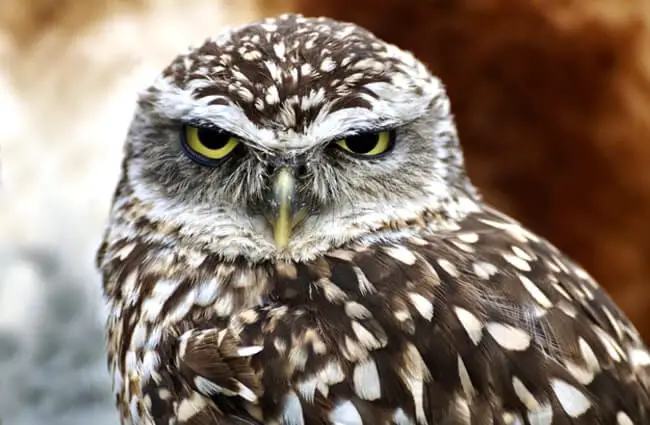
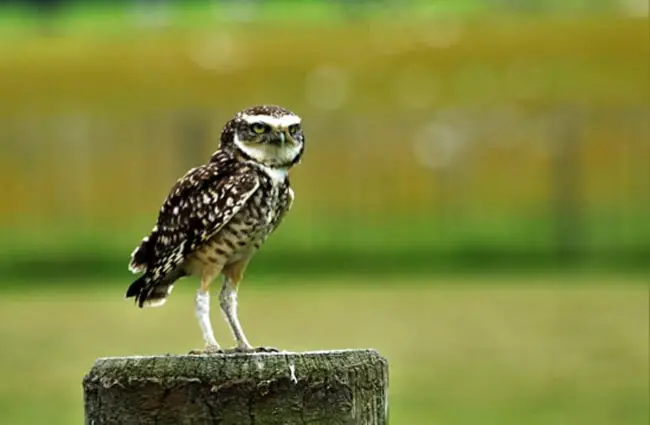

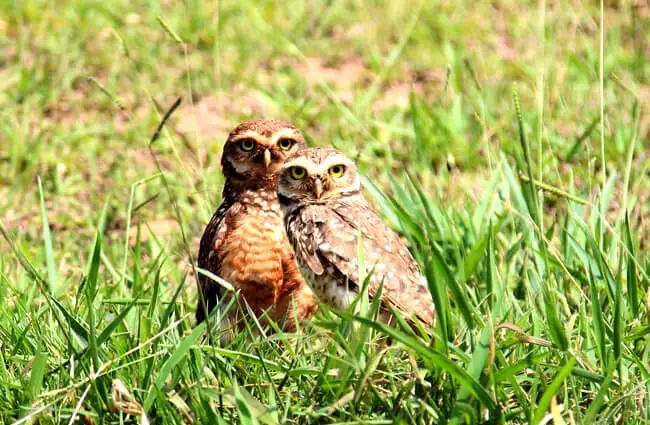
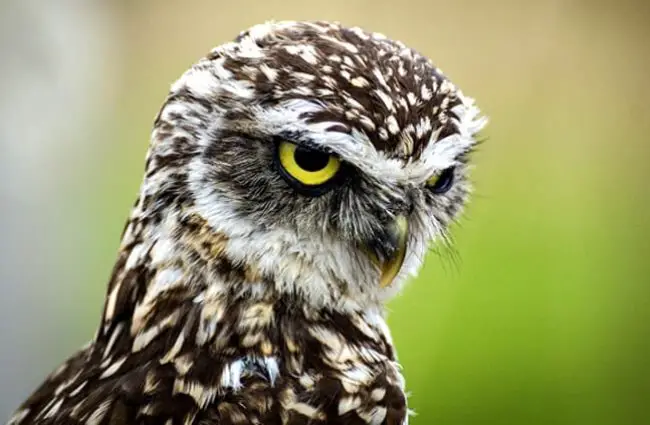

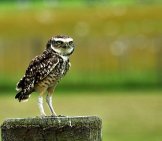
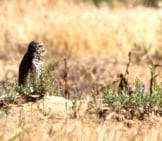
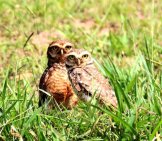
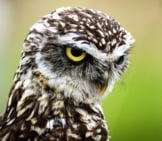
![Red Angus Closeup of a beautiful Red Angus cowPhoto by: U.S. Department of Agriculture [pubic domain]https://creativecommons.org/licenses/by/2.0/](https://animals.net/wp-content/uploads/2020/03/Red-Angus-4-238x178.jpg)












![Red Angus Closeup of a beautiful Red Angus cowPhoto by: U.S. Department of Agriculture [pubic domain]https://creativecommons.org/licenses/by/2.0/](https://animals.net/wp-content/uploads/2020/03/Red-Angus-4-100x75.jpg)

